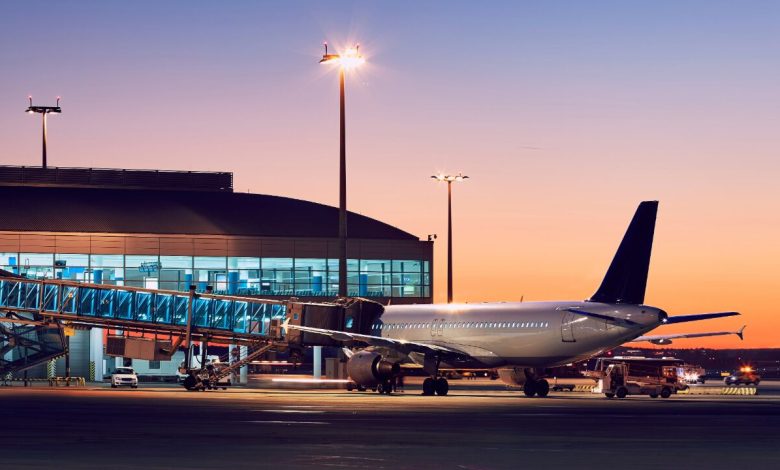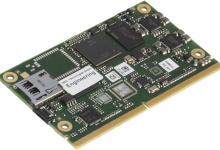3 Key Technologies Behind Today’s Nav-Aids

Modern aviation mostly depends on sophisticated navigation systems, or nav-aids, to properly and effectively direct aircraft across great distances. Nav-aids are essential for every flight to go properly regardless of weather, terrain, or time of day as the heavens get more packed. Modern nav-aid systems let pilots comfortably navigate by combining solid safety features, real-time data, and accuracy providing a flawless link between aircraft and ground control; these systems are the unsung heroes of aviation.
GPS and GNSS
Providing exact worldwide location information, GPS (Global Location System) and GNSS (Global Navigation Satellite System) are the foundations of modern aircraft nav-aids. These satellite-based technologies let airplanes instantly ascertain their precise position, speed, and altitude. GPS and GNSS provide continuous coverage using signals sent from a network of satellites circling the Earth, therefore enabling airplanes to navigate free from depending just on ground-based technology. By using an accurate, dependable reference point for locating, this satellite network guarantees pilots’ exact location.
Route planning, course corrections, and situational awareness all depend on GPS’s and GNSS accuracy and worldwide reach. Unlike previous navigation systems that depended on limited-range ground stations or physical markers, GPS and GNSS allow direct navigation from any point. From designing first takeoff pathways to making mid-flight corrections, this technology offers a strong foundation for everything, thereby maximizing paths for both fuel economy and time savings.
ADS-B
A ground-breaking invention improving situational awareness and communication between aircraft and air traffic control is Automatic Dependent Surveillance-Broadcast (ADS-B). Transmission of an aircraft’s location, altitude, speed, and direction to other aircraft and ground-based equipment drives ADS-B. This technique gives pilots and air traffic controllers a clear, real-time view of the location of an aircraft relative to surrounding objects. As pilots can “see” adjacent aircraft even in low visibility, ADS-B helps effective management of congested airspaces. Aimed at improving air traffic systems, FAA’s NextGen program depends critically on this technology.
Aircraft fitted with ADS-B exchange their real-time locations with one another, therefore improving situational awareness and lowering the chance of mid-air conflicts. Based on correct data, pilots may make wise judgments that will help them to keep safe distances from other aircraft. Unlike conventional radar, which produces a snapshot at predetermined intervals, ADS-B provides continuous, live updates, therefore enabling smoother and safer navigation. Air traffic controllers gain from this continuous data stream as well as they can more accurately track the movements of an aircraft and organize traffic with more effectiveness. Even in high-density areas, air traffic controllers can efficiently supervise significant aircraft numbers by including ADS-B in both commercial and public aviation.
ILS and GLS
Advanced technologies meant especially to enable safe, exact landings—even in difficult weather or limited visibility—are Instrument Landing System (ILS) and Ground-Based Augmentation System (GLS). To guarantee alignment with the runway, ILS guides aircraft on the proper descent route using ground-based radio signals, therefore offering both lateral and vertical guidance. During the last approach, where exact placement is critical to prevent runway overruns or landing disasters, this accuracy is very vital. For decades, ILS—a tried-and-true technology—has made landings safer by providing pilots with a consistent runway guide—especially during fog, rain, or nighttime landings.
Using GPS-based augmentation, a more recent system called GLS provides comparable degrees of accuracy and flexibility than conventional ILS. GLS lets airports develop more effective descent profiles depending on the special arrangement of their surroundings by allowing many approaches. The technology also lessens reliance on expensive ground-based infrastructure so that airports may use precise techniques requiring less equipment. GLS is a great addition to contemporary airports as it gives pilots the correct direction and lowers running expenses through this adaptability. For airplanes fitted with GLS, the technology guarantees consistent, smooth landings even in less-than-ideal circumstances and improves accuracy.
Conclusion
Modern aircraft guides every flight with accuracy and assurance using technology including GPS, ADS-B, ILS, and GLS. From takeoff to landing, these nav-aid systems provide a flawless network that helps pilots at all levels, therefore guaranteeing safer skies for passengers and crew members. Every technology adds specifically to the flying experience by improving situational awareness, approach precision, and positional accuracy. These technologies provide the path for even more amazing developments as they develop, therefore influencing a future whereby aviation stays among the safest means of transportation.








